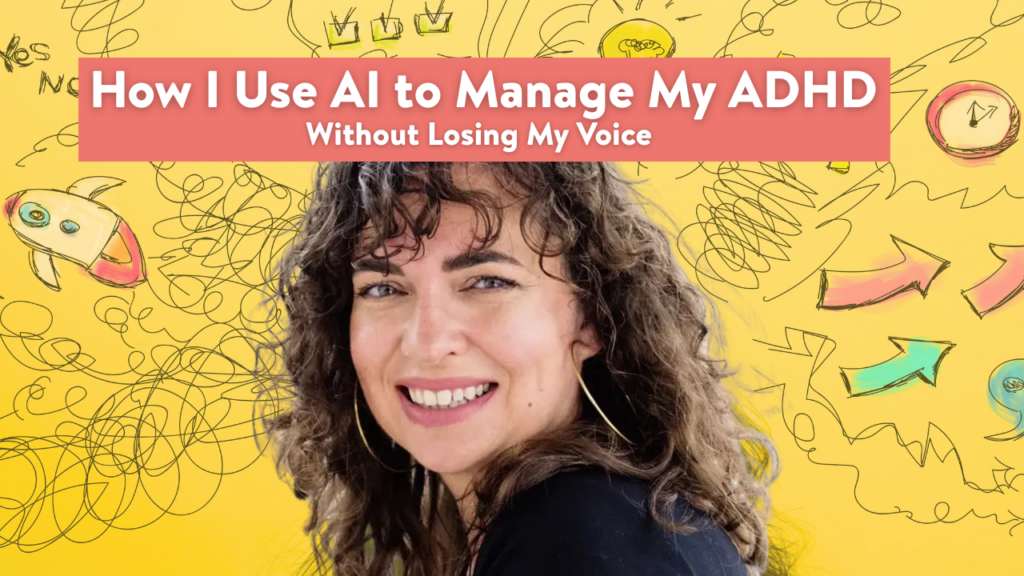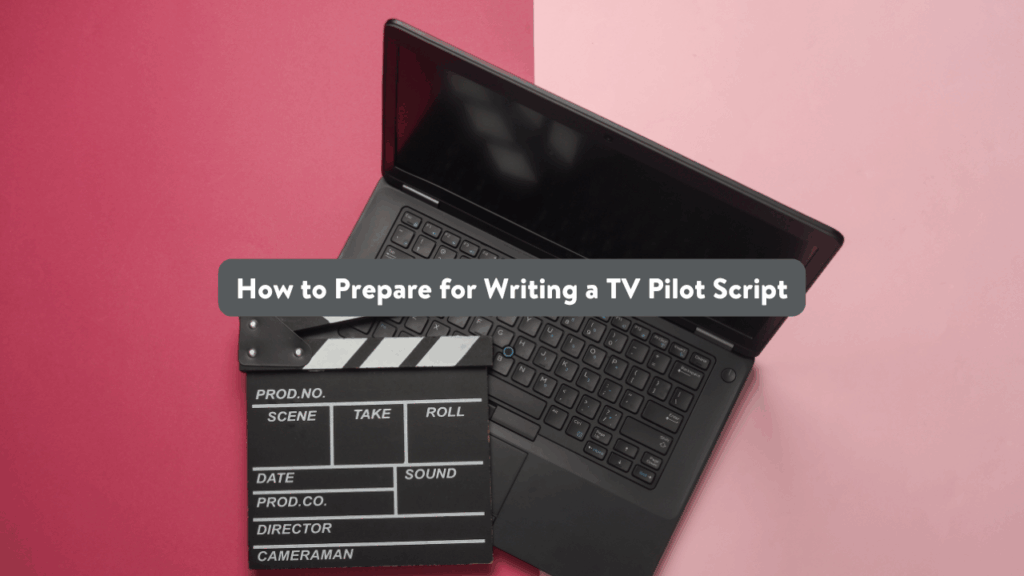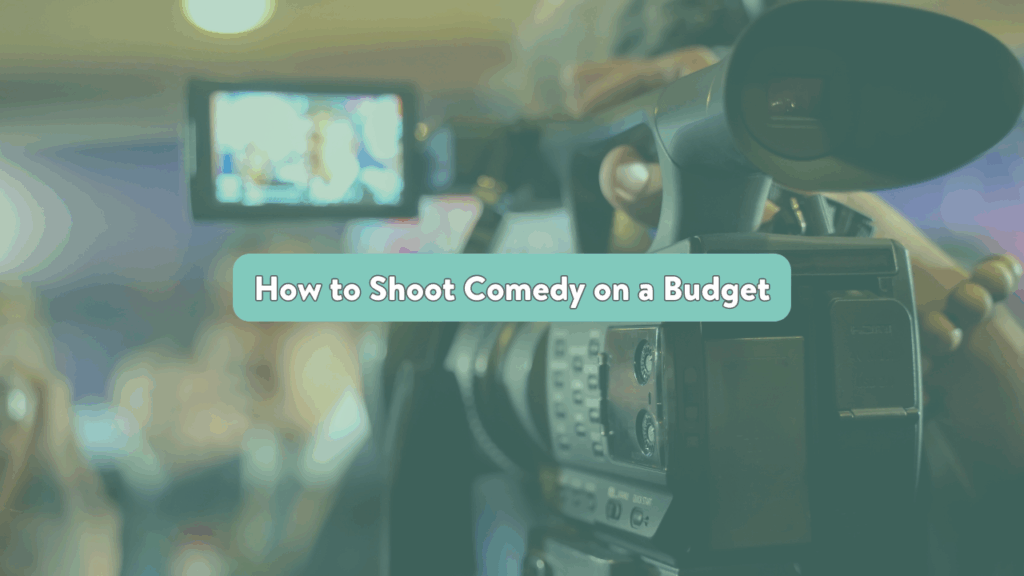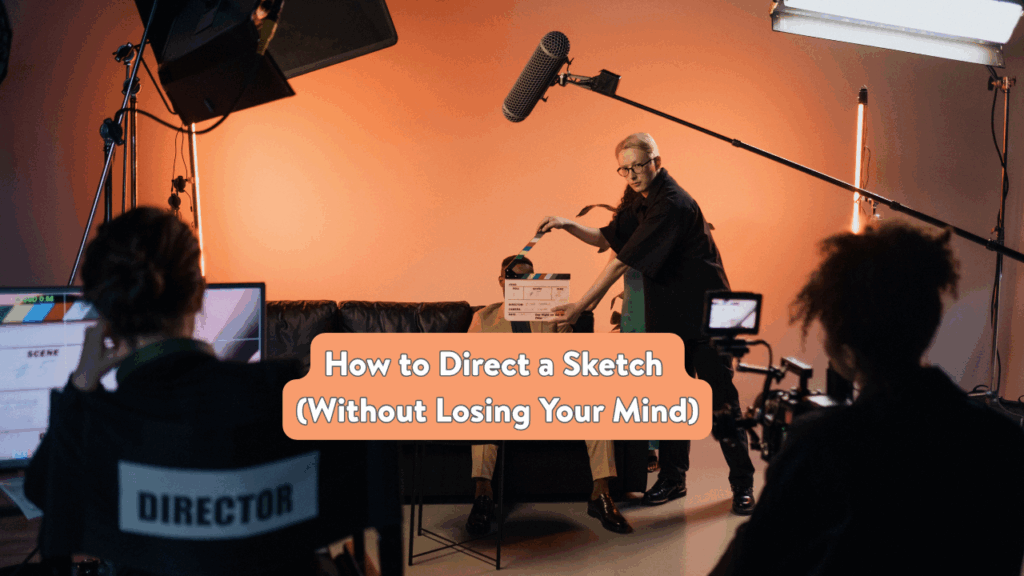How I Use AI to Manage My ADHD (Without Losing My Voice)

Lindsay Scola is a writer, speaker, advocate, strategist, nap enthusiast, and the world’s most relatable productivity nerd. A humor-driven storyteller, certification collector, and late-night overthinker turned self-care champion, she’s become an accidental expert at laughing through the chaos. Lindsay collects diagnoses the way others collect cool sneakers—including narcolepsy, ADHD, celiac disease, upper airway resistance syndrome, and Hashimoto’s thyroiditis.
For over two decades, she worked alongside high-powered leaders across entertainment, politics, and government—including President Obama and Former First Lady Michelle Obama—all while navigating undiagnosed narcolepsy and ADHD. That experience sparked a lifelong deep dive into the science of sleep, burnout, and what it really takes to show up fully in work and life.
Today, Lindsay blends science and storytelling to help ambitious humans rethink their relationship with rest—through keynotes, corporate workshops, online courses, content collaborations, and her weekly newsletter, Rest Assured. Her work has been featured in Self Magazine, and her television pilot was an official selection at the 2024 SeriesFest. She was also named one of City & State New York’s “40 Under 40″—a distinction she’s proud of, though she’s arguably prouder of the nap she took that day.
Living with ADHD means facing a constant battle between good intentions and unfinished to-do lists. For years, I thought I was just disorganized or lazy—until I was diagnosed with both narcolepsy and ADHD. That’s when everything started to make sense.
But it wasn’t until I started using AI tools for writing like ChatGPT that I finally found a way to bridge the gap between my ideas and actually getting things done. As I like to say, AI is not a replacement for creativity—it’s a collaborator. When you use it to explore your ideas, sharpen your message, and channel your voice, that’s when the magic happens.
This isn’t a story about turning into a productivity machine. It’s about learning to work with my brain—and how AI for ADHD became one of the most surprising tools in my toolkit.
My ADHD journey (and why it took so long)
I’ve always been what people might call spirited. I remember staging my first walkout for unfair treatment in the lunchroom when I was six which, as you can imagine, was the first of many trips to the principal’s office.
Fast forward to my adult years, I worked in politics, TV, and event production, but I was constantly exhausted, forgetful, and overwhelmed. At 35, I learned I had narcolepsy. Then, at 41, I was diagnosed with ADHD. Those diagnoses weren’t just about understanding my symptoms—they were the key to realizing that I wasn’t a “chaos monster” after all. As I reflect on that moment, I can’t help but think of how it changed my whole perspective. With a diagnosis came the first real sense of clarity. I finally understood why certain things felt so hard.
How ChatGPT helped me Re-align my ADHD brain
After my diagnosis, I tried everything: therapy, medication, routines. They helped. But the real breakthrough came when I discovered how to use ChatGPT to help manage my ADHD symptoms. ChatGPT became my ally, my digital safety net that helped me structure my thoughts and stay on track. ChatGPT isn’t the creator—you are. It’s your brainstorm buddy, your sounding board, your “what if we said it this way?” sidekick. When you use it to riff on real ideas, sharpen your message, and dial in your actual voice—that’s when the magic kicks in.
I began using it to:
- Brainstorm blog ideas and outlines
- Reframe overwhelming to-do lists
- Write emails and drafts without spiraling into perfectionism
- Get unstuck when I hit a creative wall
It’s not about outsourcing creativity. It’s about starting—especially when ADHD makes starting the hardest part.
This isn’t about perfecting “productivity”
Let me be clear: I don’t use AI just to become more efficient. I use it to give my brain space to function. This isn’t about becoming perfectly productive. It’s actually about freeing up mental space so your brain can actually breathe.
If you live with ADHD, you know what it’s like to freeze in the face of small tasks. AI tools like ChatGPT help break the cycle of executive dysfunction by giving me a safe, non-judgmental space to start sorting through the mental clutter. This, in turn, helps me focus on the creative work that truly matters.
I even wrote a book about it
Once I saw how powerful this tool could be, I wrote AI for ADHD: A Practical Guide to Starting (and Actually Finishing) What Matters —a book full of real-world strategies for using AI to support neurodivergent brains. ChatGPT not only helped me organize my thoughts but also helped me structure the entire book. It wasn’t about AI doing the work for me—it was about getting me unstuck to allow my voice to come through.
The book isn’t about “fixing” ADHD. It’s about working with what you’ve got—and learning how to move forward in your own way. I like to say: AI for ADHD is not some patronizing productivity manual written by someone who’s never missed a deadline, rewashed the same load of laundry three times, or spelled their own name wrong in an email…It’s a real world guide for real world brains.
How to start managing ADHD with help from AI
People often ask me how to get started with diagnosis or treatment. If you’re looking for how to get started on your journey—most psychologists can diagnose you now. You don’t need to go through super complicated testing.
And if you’re already diagnosed and looking for tools to help, AI can be a powerful partner. Just remember: it’s not a replacement for therapy or medication—it’s an enhancement.
Community matters, too
None of this happened in isolation. I’ve grown so much thanks to the support I’ve received from GOLD Comedy, a creative network that helped me find my voice, own my story, and turn my neurodivergence into a strength. I truly believe I wouldn’t be writing TV shows and books and everything else that I’m doing now if it weren’t for GOLD Comedy.
Finding community—especially one that celebrates humor, honesty, and imperfection—has been just as important as any tool or diagnosis.
Final thoughts: AI isn’t cheating—it’s support
Living with ADHD is messy. But it doesn’t have to mean stuck, stalled, or silent. If you’re curious about how to use AI language models like ChatGPT for ADHD, I hope this helps you feel a little less alone—and a little more empowered.
Start where you are. Use what works. And remember: asking for help (even from a robot) doesn’t make you weak. It makes you wise.
Additional resources for ADHD and AI support
- 📘 Pre-order my new book: AI for ADHD
- Learn more about Lindsay: lindsayscola.com
- 🌐 Visit the website: ADHDLifeSkills.com
- 🎭 Join the community: GOLD Comedy
Let’s navigate this wild brain world together.




